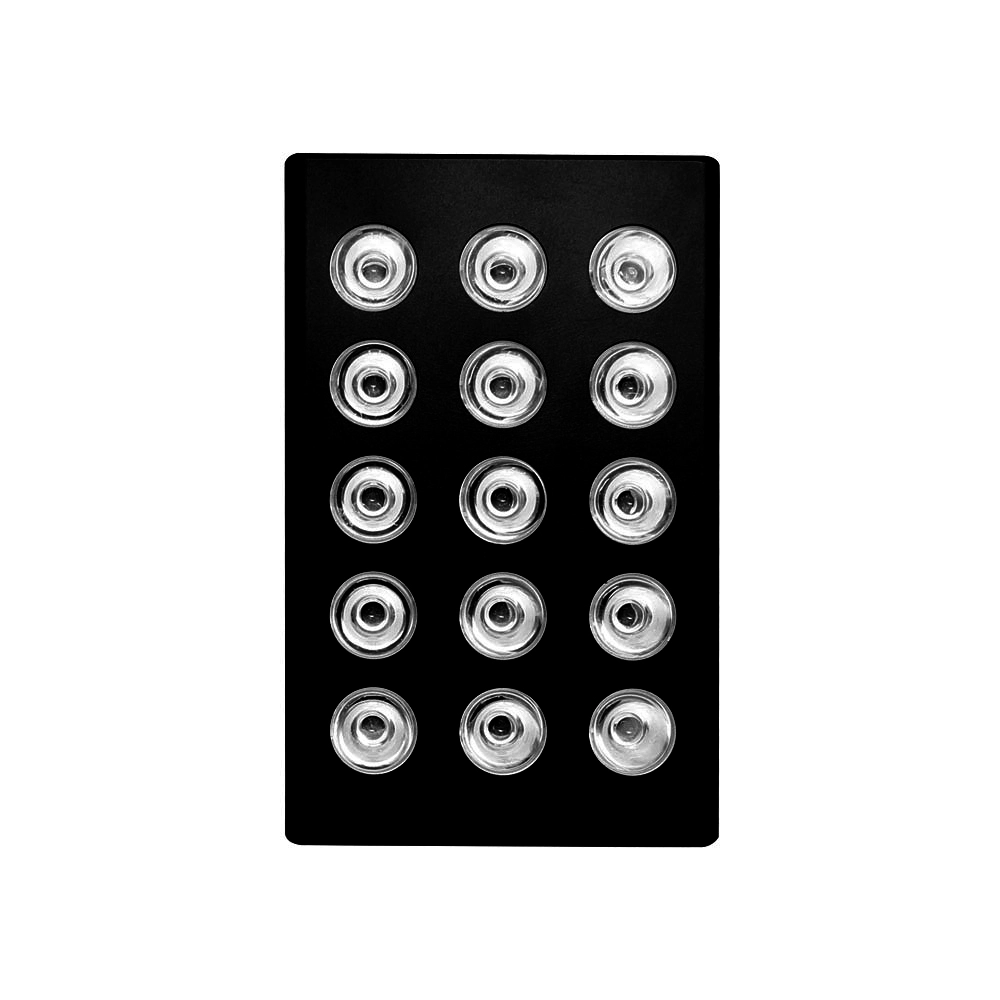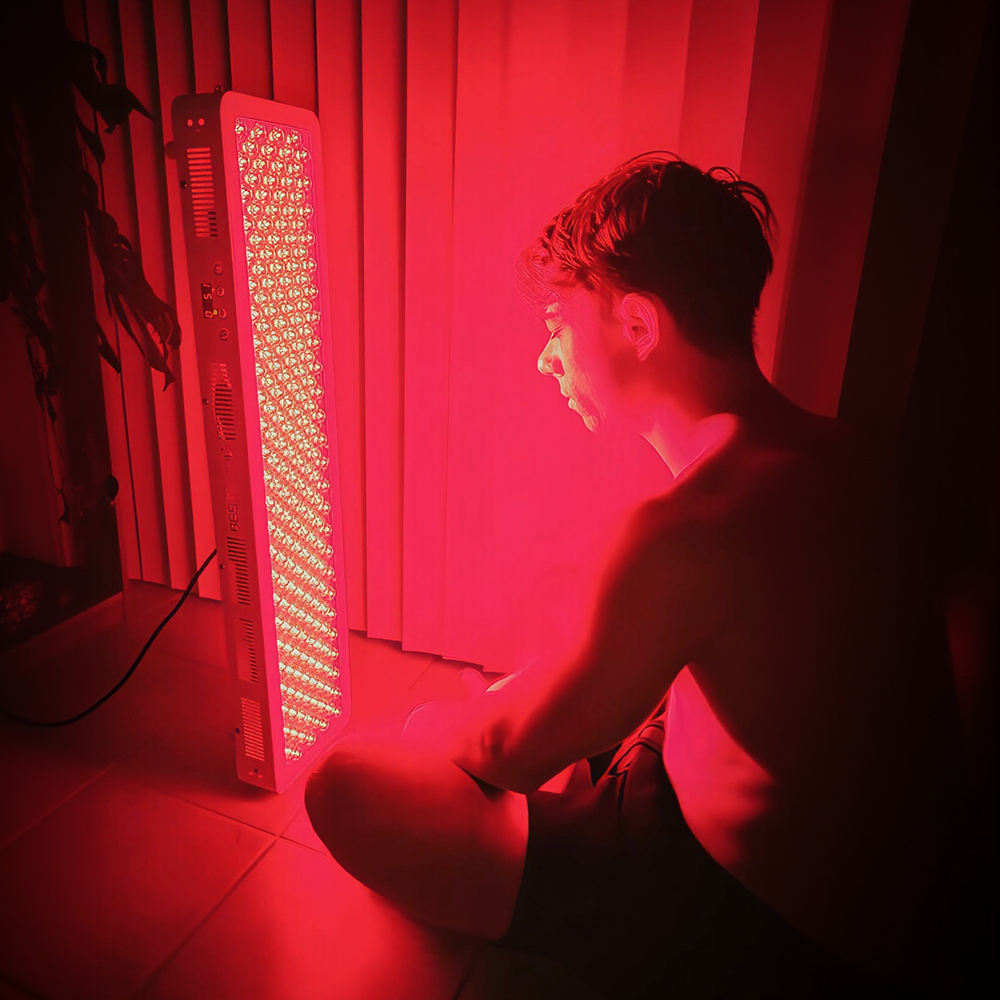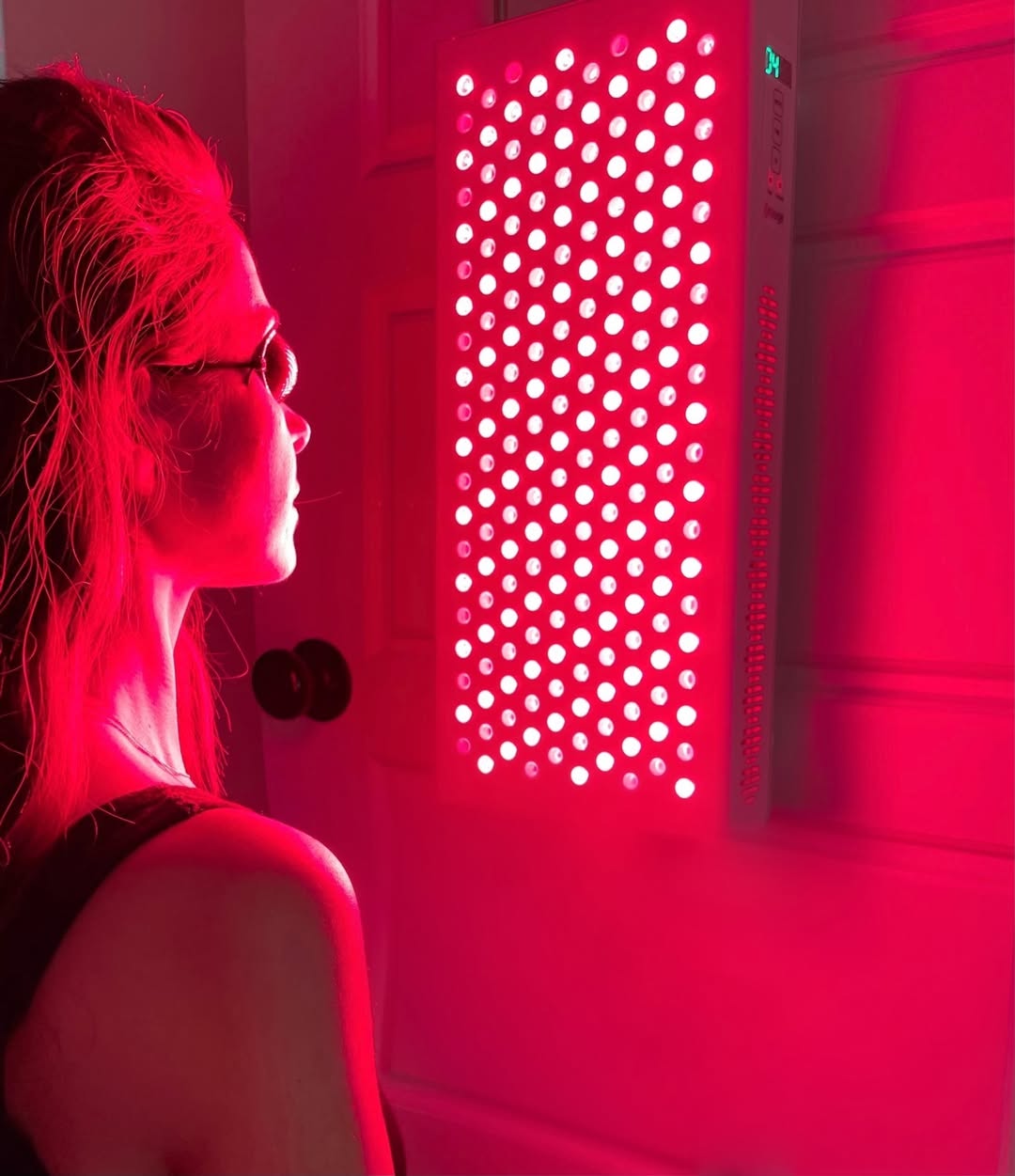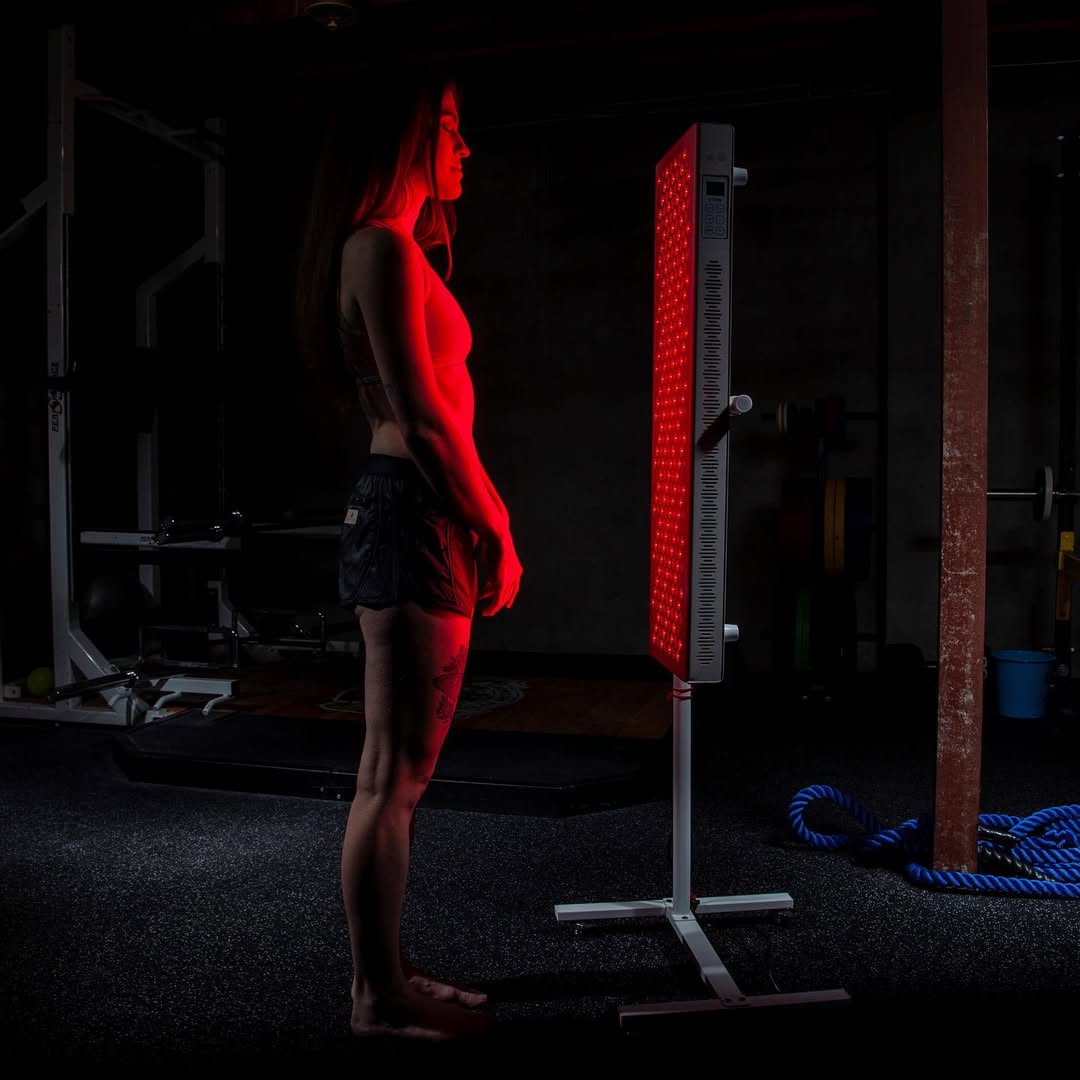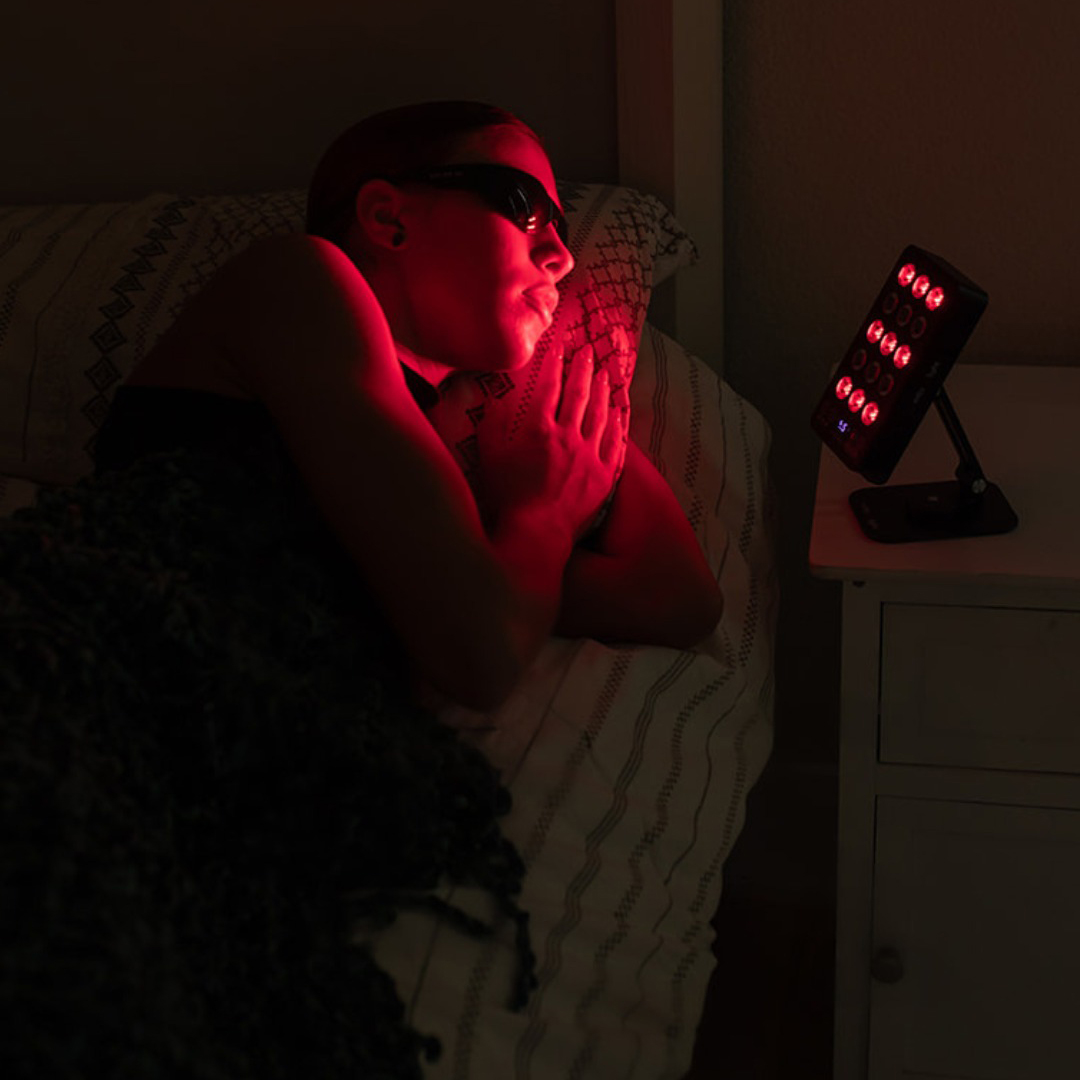![]() Free Shipping
Free Shipping ![]() Buy Now, Pay Later
Buy Now, Pay Later ![]() Eligible
Eligible
Red Light Therapy for Kidney Stones: A Comprehensive Guide to a Novel Approach

Kidney stones are a common and excruciatingly painful urological condition affecting millions worldwide. Traditional management ranges from increased water intake and pain medication to surgical procedures like lithotripsy. In the search for non-invasive, drug-free alternatives, red light therapy (RLT), also known as photobiomodulation (PBM), is emerging as a promising complementary approach.
This article explores the science behind using red light therapy for kidney stones, focusing on its potential to manage pain, reduce inflammation, and support the body’s natural healing processes.
Understanding Kidney Stones: The Root of the Pain
Before diving into the solution, it’s crucial to understand the problem. Kidney stones are hard deposits made of minerals and salts that form inside your kidneys.
Common Causes and Symptoms:
- Dehydration: Not drinking enough water is the primary risk factor.
- Diet: High intake of oxalate, sodium, and animal protein.
- Symptoms: Severe pain in the back or side, pain radiating to the lower abdomen, painful urination, nausea, and blood in the urine.
The pain is not from the stone itself, but from the obstruction and inflammation it causes as it tries to pass through the narrow ureters.
How Does Red Light Therapy Work? The Science of Light
Red light therapy is a therapeutic technique that uses low-wavelength red and near-infrared (NIR) light to stimulate cellular function. Unlike UV light, it does not damage the skin.
The Mechanism of Action:
When red and NIR light photons are absorbed by the mitochondria within our cells, it stimulates the production of adenosine triphosphate (ATP), the primary energy currency of the cell. This boost in cellular energy leads to a cascade of beneficial effects:
- Enhanced Cellular Repair and Regeneration
- Reduced Inflammation
- Improved Blood Circulation
- Pain Relief
Expert Insight: “Photobiomodulation works at a foundational level by supercharging the mitochondria. This enhanced energy production allows cells to function more efficiently, reduce oxidative stress, and initiate repair processes, which can be highly beneficial for managing inflammatory pain conditions,” explains Dr. Michael Hamblin, a leading photomedicine researcher.
VELLGUS Elite V2
THE #1 RATED RED LIGHT DEVICE
The Direct Benefits of Red Light Therapy for Kidney Stone Management
While RLT does not dissolve existing kidney stones, it can be a powerful tool for managing the condition’s most debilitating aspects.
1. Natural Pain Management
The pain from kidney stones is often severe. RLT helps by:
- Reducing Inflammatory Cytokines: The therapy modulates the body’s inflammatory response, decreasing the chemicals that cause pain and swelling around the stone.
- Stimulating Endorphin Release: It can encourage the release of the body’s natural pain-relieving chemicals (endorphins).
2. Reducing Inflammation and Swelling
As a stone passes, it irritates and inflames the lining of the ureter. By improving cellular energy and function, RLT helps calm this inflammation, which can reduce the overall discomfort and may help relax the tissue for easier passage.
3. Supporting Tissue Repair and Healing
The micro-abrasions caused by the stone’s movement can benefit from accelerated healing. The increased ATP production from RLT fuels the cells responsible for repairing the damaged urinary tract lining.
Red Light Therapy vs. Traditional Kidney Stone Treatments
It’s essential to view RLT as a complementary therapy, not a replacement for standard medical care. The following table illustrates its role alongside conventional methods.
| Treatment Method | How It Works | Key Benefit | Role of RLT |
|---|---|---|---|
| Pain Medication | Blocks pain signals in the nervous system. | Fast-acting pain relief. | Complements by addressing the underlying inflammation causing the pain. |
| Increased Hydration | Dilutes urine and helps flush small stones. | Prevents new stones and aids passage. | Supports overall kidney and cellular health. |
| Lithotripsy (ESWL) | Uses shock waves to break stones into pieces. | Non-surgical removal of large stones. | Can be used post-procedure to manage pain and reduce bruising/inflammation. |
| Ureteroscopy | Surgical removal with a scope. | Direct removal of stubborn stones. | Aids in post-operative healing and pain management. |
How to Use Red Light Therapy for Kidney Stones
For those considering this approach, here are practical guidelines.
1. Device Type:
- Professional Panels: Offer higher power and broader coverage. Ideal for clinics or serious home users.
- Home-Use Devices: Smaller, handheld units or belts designed for targeted application.
2. Wavelength:
Look for devices that offer a combination of red (630-660nm) and near-infrared (810-850nm) light. NIR penetrates deeper, making it crucial for reaching the kidneys and ureters.
3. Application Protocol:
- Treatment Area: Apply the light to the lower back, on the side where the kidney stone pain is located.
- Duration: Typical sessions last 10-20 minutes.
- Frequency: For acute pain, 1-2 sessions per day may be beneficial. For maintenance, 3-5 sessions per week.
User Experience Quote: “After my second lithotripsy, the residual pain and inflammation were lingering. Using a red light panel on my lower back for 15 minutes a day made a noticeable difference in my recovery speed and comfort level. It felt like a soothing, deep warmth that eased the ache.” – Mark T., RLT user.
Important Precautions and Final Recommendations
Consult Your Doctor First: Always seek a diagnosis and treatment plan from a qualified urologist. Kidney stones can lead to serious complications like infection or kidney damage if not properly managed. Do not use red light therapy as a substitute for medical diagnosis or necessary procedures.
Safety Profile: RLT is generally considered safe with minimal side effects when used as directed. It is non-invasive, painless, and does not involve harmful radiation.
A Bright Future for Supportive Care
Red light therapy presents a compelling, non-pharmacological option for individuals suffering from kidney stones. By targeting the root causes of the pain—inflammation and cellular dysfunction—it can significantly improve comfort and support the body’s natural healing processes during a painful episode.
While it won’t replace a urologist’s scalpel or a shock wave, as a supportive and complementary modality, red light therapy shines a promising light on a more holistic path to kidney stone management.



